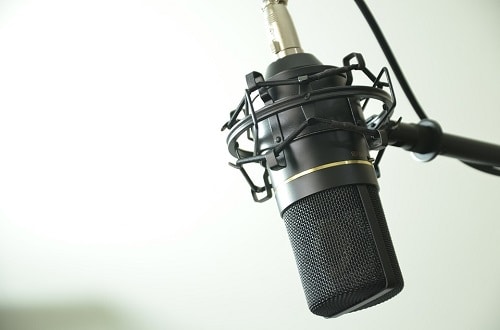If you’re a musician or vocalist, the chances are good that you’ve been asked this question before. If you’re looking for an answer to this question, then look no further.
Phantom power is generally required for all types of condenser microphones. That’s because they need their own source of voltage to operate and convert sound waves into electrical signals. Phantom power is provided by plugging your mic into a preamp or mixer with phantom power capabilities on its output channel(s).
1. Condenser mics
A traditional condenser mic would have used a vacuum tube that needed these high voltages to operate. More modern electret condensers also offer phantom power compatibility. Check the specifications on your condenser microphone to see if it is compatible with a phantom power supply. But today’s condenser mics, such as the AKG C3000B, Rode NT1 and the Audio-Technica like AT2031 offer phantom power supply compatibility.
A dynamic mic , on the other hand, would not need phantom power, but can be connected directly to a mixer or other audio interface.
A condenser mic without phantom power would not work at all without some other kind of power supply. If you did, the sound output would be distorted and unusable. This is because condenser mics convert the sound waves to electrical signals, which then need to have a voltage applied in order to work.

2. +48V Phantom Power Source
A 48 volt power block has an XLR input and output, or a USB connection that can be plugged into the computer. These are made for condenser microphones with phantom power compatibility and will not work without it. Remember to only use devices labeled as “phantom power” when powering your microphone! You can also get power blocks that can supply more than one mic at a time. They typically start from as little as $30 to $60.
3. Phantom power from an audio mixer
Many audio mixers, both analog and digital , have a phantom power switch. You will need to turn it on with the mixer’s control panel before using your mic, and then you can adjust microphone input volume as normal. You may also be interested in my post on what does the 48V button do on a mixer.
If you’re not sure how much phantom power is available from the mixer in question, I recommend contacting their customer service. If they don’t offer any help, try some forums to see if anyone else has had a similar issue.
4. USB Audio interfaces
An audio interface is a device that converts analog audio signals to digital signals for recording and sends the digital signal back into an amplifier. It also has some features like phantom power, microphone preamplifiers, headphone amplifiers, mixers/equalizers (EQ)s etc. You can find interfaces in different shapes and sizes so you might want check what you need before buying one. When you connect to the mic input, power runs down the XLR cable and enters the microphone to power it. Click here to read more on mic gain settings.
5. External battery pack or USB adapter alternatives
If you have no other options, you could build a 48 volt supply using 2 22.5volt batteries, two resistors and XLR connectors. This isn’t the easiest option but it is an option. You can also purchase a USB adapter for your microphone that will work with the computer to power it, without phantom power.
If you are using a mic with a 3.5mm jack, you can use a typical USB phone charger. Plug the microphone jack into the adapter and insert it in to your computer’s female USB slot or any other common device that has one, like a monitor with an HDMI input port for example.
I recommend checking out these options before deciding on phantom power compatibility only!

Leave a Reply